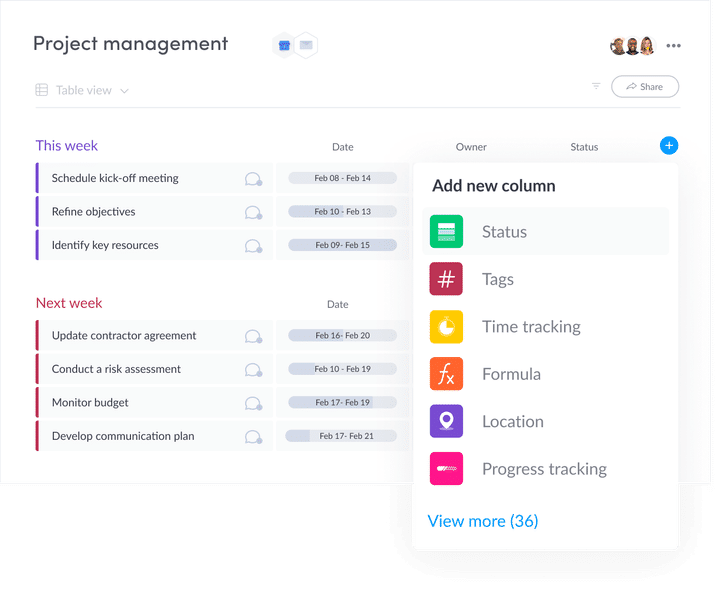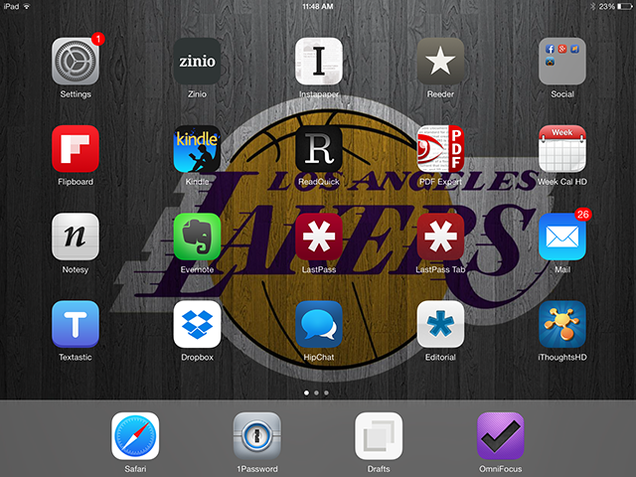
Nvalt vs evernote free#
Milanote is free to one project and up to 100 blocks. Visit the Evernote pricing page for more details. To get more storage and advanced functions, you will need to purchase Evernote Premium at $70/year. PriceĮvernote Basic is free and allows syncing data between two devices. There is no way to send the note in the plain text.
Nvalt vs evernote pdf#
One can export the board as pdf, PNG image, Word file, or plain text.Įvernote allows you to send the note link or email the current note in pdf form. You can invite others to edit, or give comments only or view-only permission. However, the overall experience isn’t as good as Milanote. You can drag and drop the ready-to-go designs and start editing.Įvernote also provides templates such as calendar, habit tracker, project planner, and more. They are divided into categories design, students, startups, project management, and more. And that’s why Milanote offers built-in templates when you create a board.

TemplatesĪ blank white canvas can be boring for newbies. The search isn’t as effective as Evernote, but it gets the hot done with basic queries. Milanote also allows you to use arrows for better representation.

You can drag and drop elements such as images, text, web-links, videos, to-do lists, and more. The user is in complete charge of how he wants to map out the entire project, idea, and thoughts. Milanote’s prime selling point is the way it let the user design the space. Evernote also provides the basic reminder function for task management. One can use a built-in scanner to save documents and visiting cards (only works on mobile apps). It’s powerful, works accurately, and the user can even search within documents and uploaded images.Įvernote has extension support for all the major browsers, which lets you bookmark website and clip a web content directly to the software. One of the best features of Evernote is the search.
Nvalt vs evernote code#
One can also integrate tables, web-links, and write code in Evernote. Starting with Evernote, you have a feature-rich editor with the ability to change fonts, colors, and more. But Milanote also has some cool tricks up its sleeve to attract users. FeaturesĮvernote is marching ahead in terms of features. It’s straight-forward, and you won’t have a hard time organizing everything within the home screen. The user can create a board and pages on the canvas. The search, share, and settings are on the upper right corner. On the right side, there is a giant canvas, and the left panel consists of all the editing and formatting options. It looks and feels similar to design apps such as Figma and Adobe XD. Milanote’s UI is completely different from a tradition note-taking app. Users can create a notebook, add notes in it, and even imply relevant tags for better structuring. The note organization hasn’t changed much.

In a bid to bring consistent experience across all platforms, Evernote has been working on a brand-new web editor (more on that later). The UI is fairly simple and easy to navigate. From the left panel, you can access your notebooks, tags, trash, starred notes, and even search within written notes.

Log into Evernote Web and the interface treats you with the design similar to desktop apps. Note: User Interface and Note Organization Milanote is only accessible on Mac, iOS, and Web. The app is available on iOS, Android, Mac, Windows, Web, and even Apple Watch. Unsurprisingly, Evernote wins this round. The comparison will be based on interface, features, price, cross-platform availability, search, and more. In this post, we are going to compare Milanote to Evernote and conclude if you need to switch, or is it just better to stick with true and trusted ways to get things done. It’s relying heavily on the whiteboard concept where the user can perform drag and drop to arrange text, media, weblinks, and more. In recent years, Milanote has emerged as the modern alternative to Evernote. Often referred as Blocks - a perfect replica of the digital file cabinet concept.
Nvalt vs evernote full#
The modular approach means the user is in full control over how he wants to organize the different elements in the software.


 0 kommentar(er)
0 kommentar(er)
